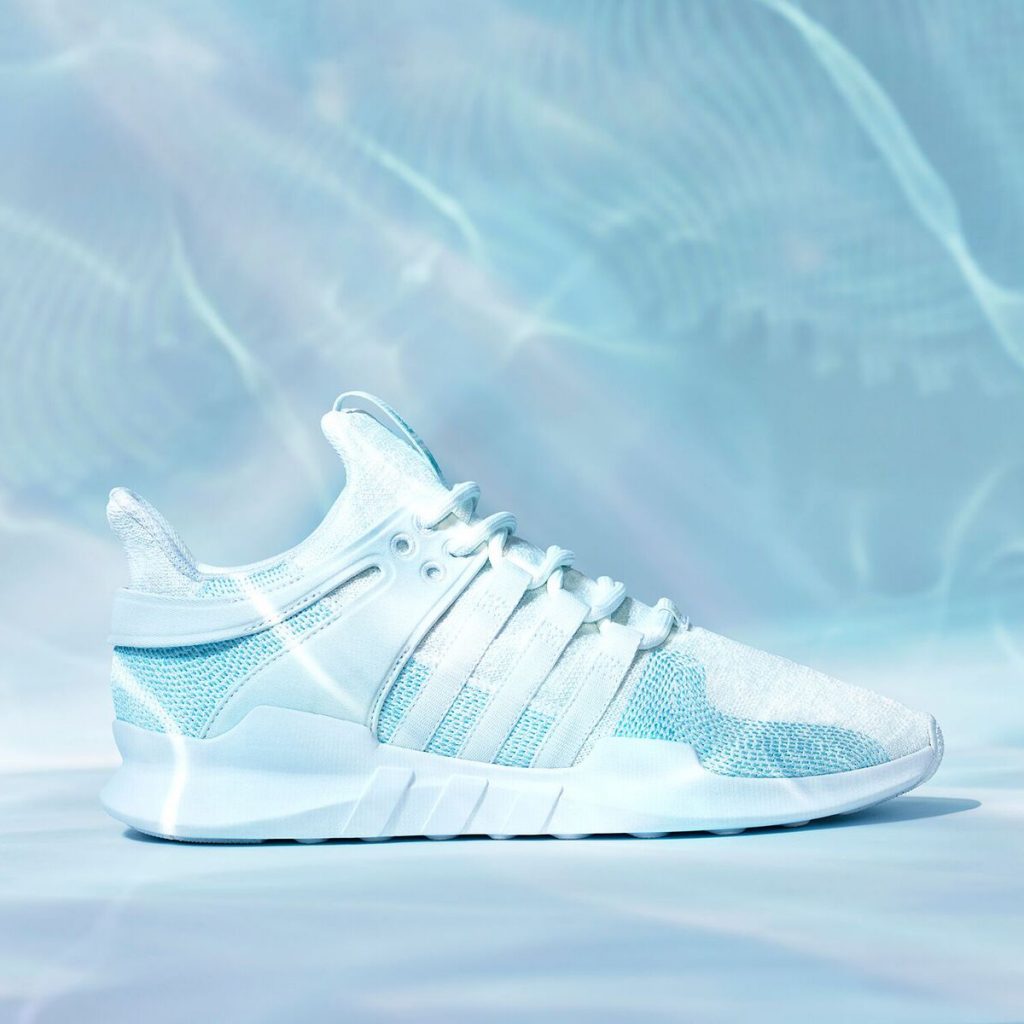Advancing the Parley for the Oceans + adidas Partnership
Eric Liedtke and Cyrill Gutsch discuss the organization’s commitment to and strategy for ocean conservation

Almost a year ago, adidas made a commitment to Parley for the Oceans, an organization dedicated to raising awareness about the fragile nature of the 70% of our planet that exists in saltwater form. Not only has this commitment been renewed, but adidas has expanded their efforts and declared resounding change. Yes, they’ve taken part in the development of a new supply chain to recycle ocean plastic. But they’re also aiming to produce one million pairs of shoes from ocean plastic by the end of 2017. That directly translates to 11 million bottles removed from the beach. But their ultimate goal is to help stop the creation of new virgin plastics. At their recent United Nations summit, Parley called island nations to action. We spoke with adidas Head of Global Brands Eric Liedtke and Parley’s founder Cyrill Gutsch to better understand what it all means and what it will take to make it happen.
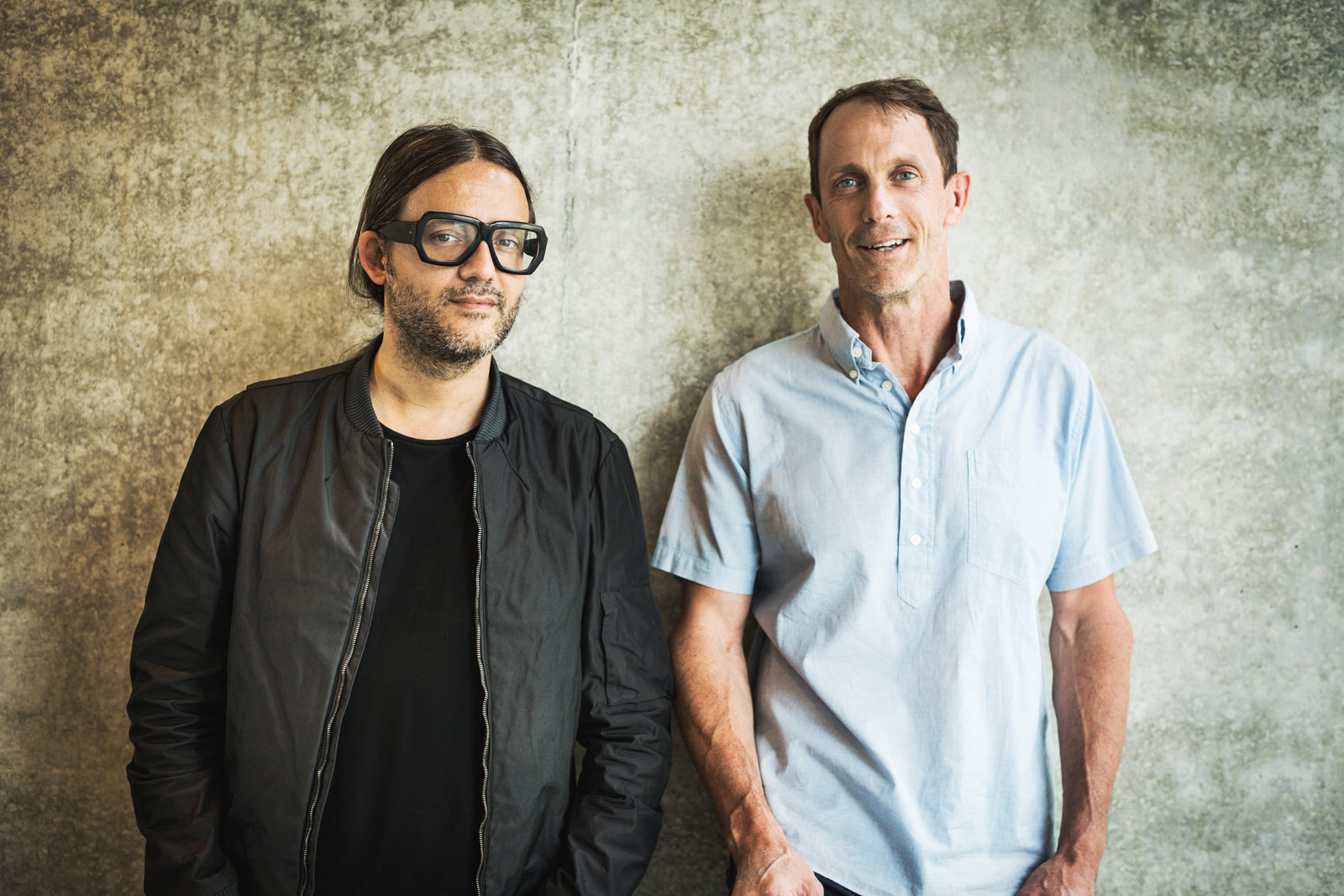
Can you give us some background on this program and what you’re hoping to accomplish?
Cyrill Gutsch: We believe that we have to invent our way out of this. We can’t call this sustainability and just do the same old thing. It’s pretty much changed, everything with this overnight, and creativity and the creative community is in the core of that. There are solutions, there is knowledge, there are technologies. And the ideas is [action] now and that’s what we have done and what we are doing, and that’s what we are showcasing in our partnership: connect the knowledge, the skills, the technologies. The way out of our ocean trouble is with action, which is done by the brands, which is being done by adidas.
Why present at the UN?
Gutsch: Right now, we’re adding countries as members of our collaboration effort. The idea is to have a very intensive and strong—but also strategically oriented and focused—process going on where all these partners, the creative community, the brands, the environmentalists and the governments agree on strategies and cut down this crazy, huge complex situation. All these problems together makes it tough. We are cutting them down into little pieces and addressing one after the other.
We are focusing on plastic goods right now. And yesterday was a historic day for us because we have worked with the Maldives for a year nearly, actually exactly a year. And we have developed a pilot program. We showcased this program on how a country can face ocean plastic pollution and what they actually can do…how you can actually end it. It’s not that we ended it in the Maldives, but we have proven our tools, we have proven our knowledge. And yesterday we singed up 19 more countries too for that.
You understand that design is really just when a problem is solved
Eric Liedtke: It’s pretty inspirational. And I think the list will just grow, so from a SIDS standpoint, which is Small Island Development States, that’s the 19. There’s actually 38 members, but only 19 were able to join us in the general assembly yesterday. And they all signed up, so one after another it was pretty inspirational.
And when they sign up, what are they committing to do?
Gutsch: It’s built on three pillars, and the name is Air, Parley Air. What they’re signing up for is A) To accept education on ocean, ocean health and the problems around plastic, but also make behavioral changes that are needed to answer plastic pollution. That’s one thing. B) is to educate and train and also communicate with all layers of society, especially government offices, private sector businesses, and the whole life education system as I mentioned before. Then agree to a series of bans for the next 14 years that they can regulate and actually sharpen.
Liedtke: Plastic bags, single use plastics, all those things. They’re signing up to eliminate those, which are some of the main pollutants that go out.
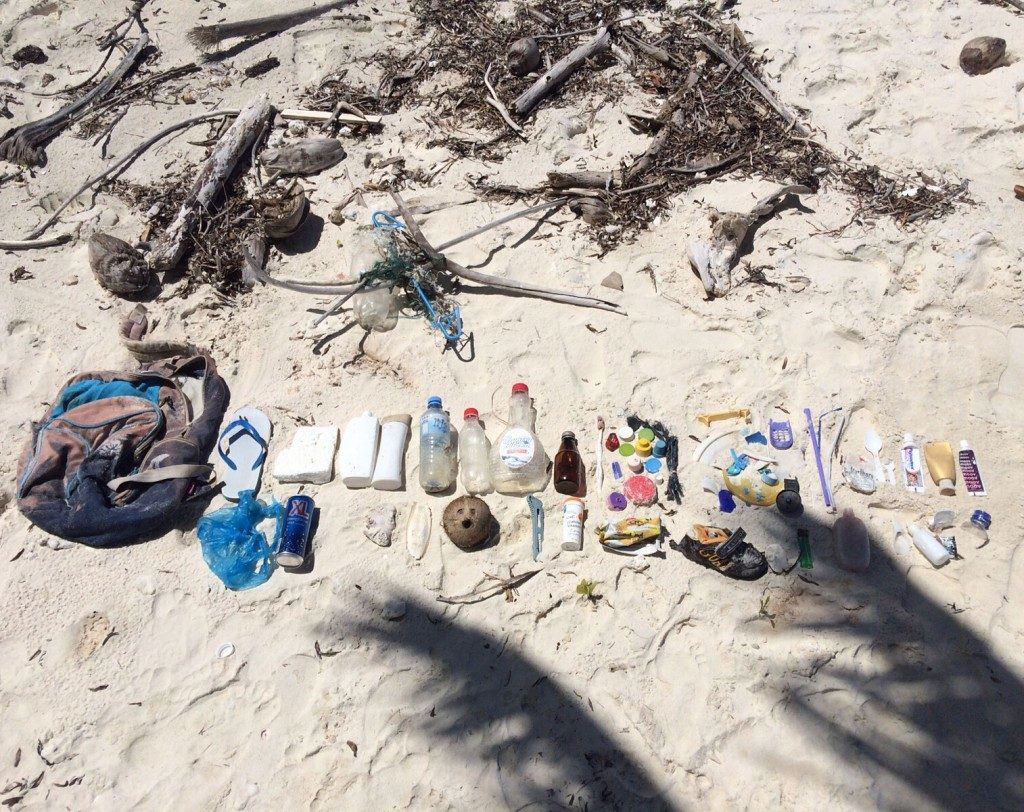
Gutsch: Then interception. We implement our system to intercept that trash from coast communities, but also retrieve from beaches, from reefs, from seabed, even from high seas. It’s not only the plastic pieces, the small and big ones, but also the nets that are discovered, like the ghost nets that are floating around and kill, and kill and kill. It’s a very complex interception program that is based on collaboration with the communities and pretty much everybody in the country has to become part of to make it work and to make it feasible.
Finally, there’s a commitment to be in the forefront of testing new technologies that can replace plastic products. So it’s actually an ongoing pilot program for the whole world. It can become a blueprint of change. And it’s great to work with these small countries because often the structure is not in place, which seems like a disadvantage, but in this case it is an advantage because you don’t have to fight against existing interests.
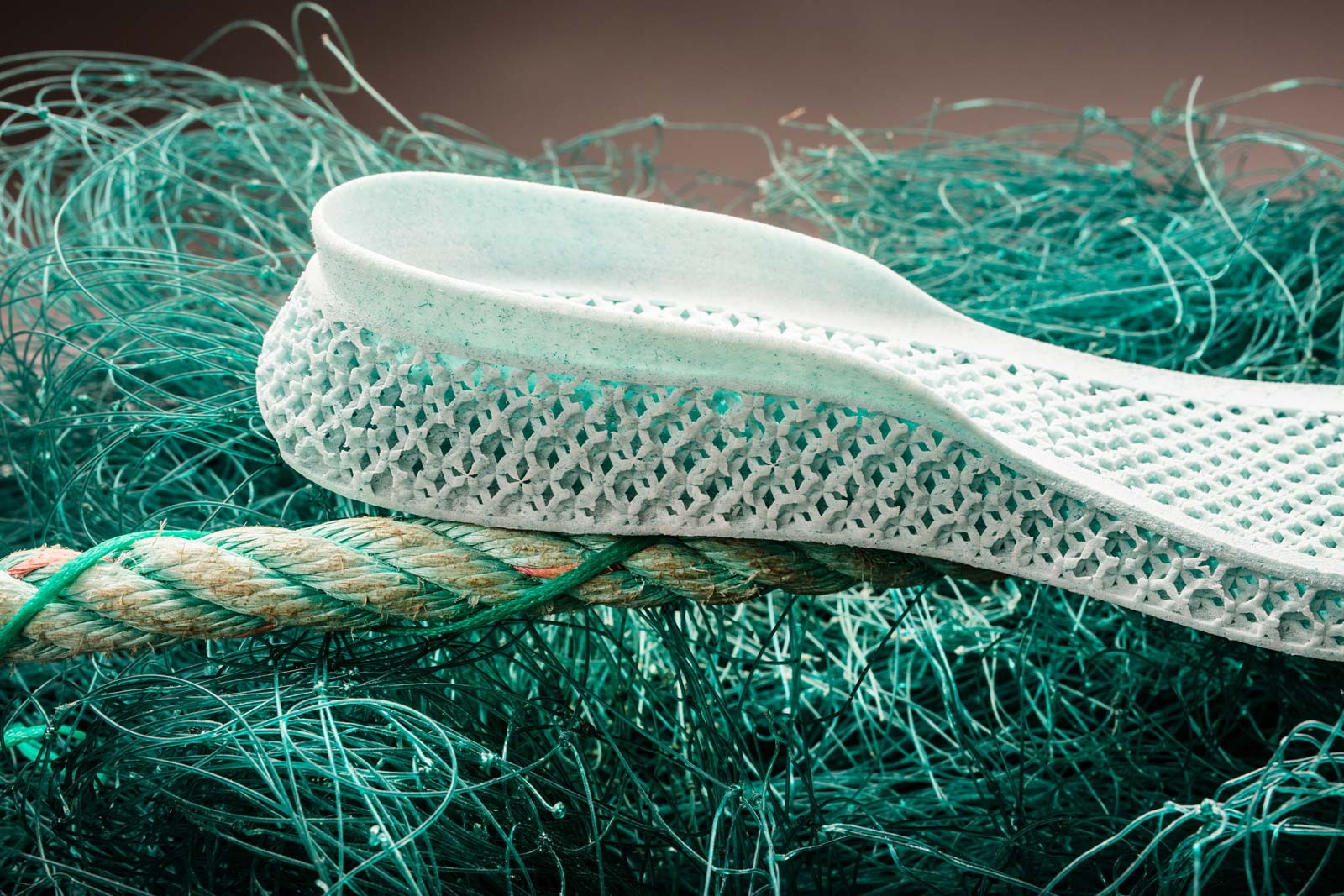
Liedtke: They’re also the most progressive. They’re not afraid to try—because it affects the ocean, it affects their tourism, their pollution just in general. Nobody wants to go on vacation if they’re looking at a trashy beach outside their window, so they’re most affected by this thing, so they’re most susceptible to standing up to the corporate lobbyists that might be supporting the supermarket union or something that is trying to keep plastic bags and they say no, it’s over.
We can move very fast in these island states. And I say we because I’m on the board and we’re co-founded, so basically we’re here to support. Then we basically come in and say “guys, that’s great, we’re going to take the intercepted plastic. We’re going to her redesign it into a design solution.” And you can appreciate that being a designer, you understand that design is really just when a problem is solved.
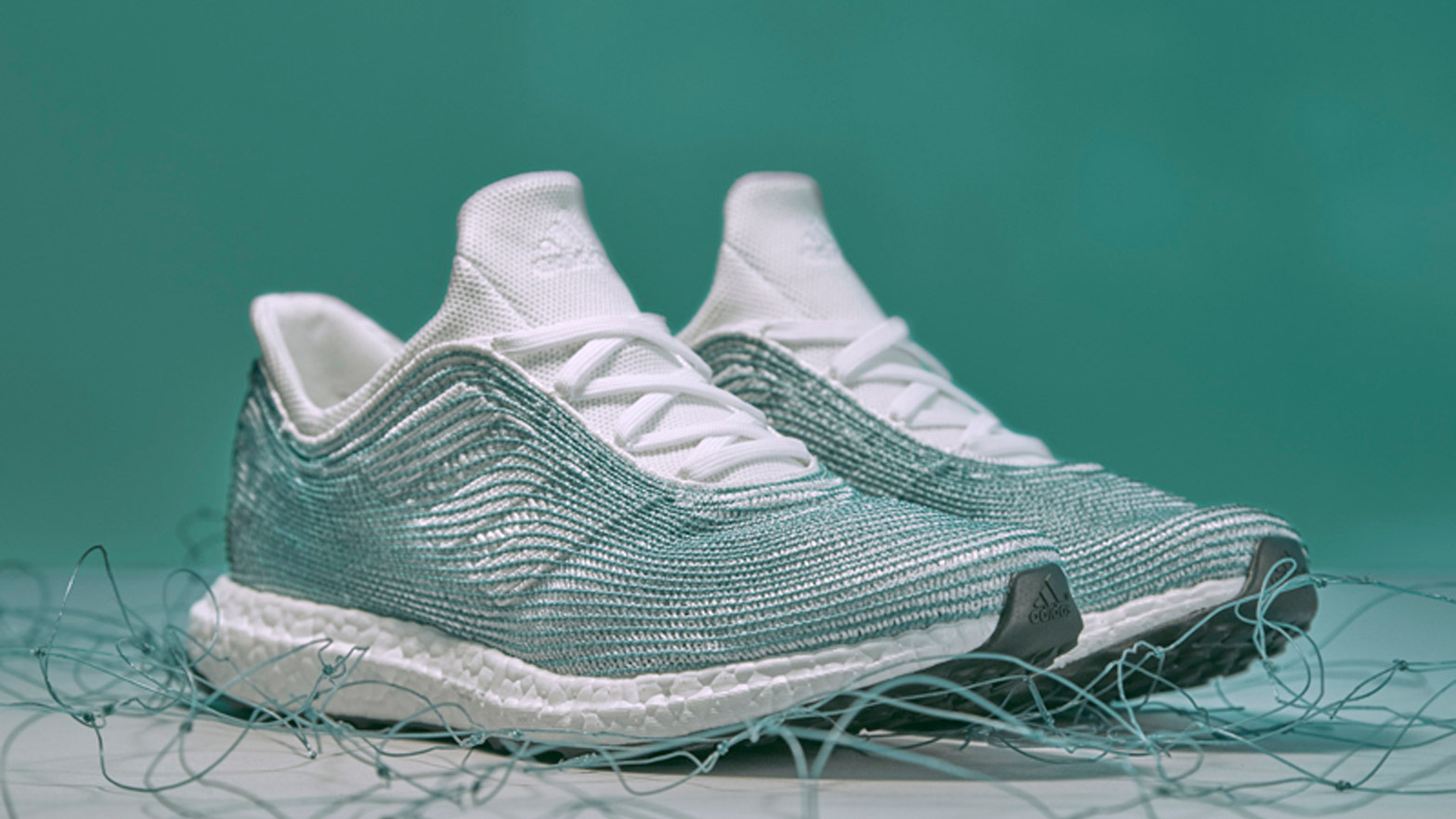
And what about the product itself—shoes made with Parley Ocean Plastic?
Liedtke: Now, through knitting technologies, you’re using thread, you’re using polyester to make most of the great product that you’re wearing with the Nomad, or I’m wearing with the Pure, or he’s wearing with the Ultra. If we bring recycled ocean plastic into that and we bring in thread, then we redesign a solution. Now we don’t want to ask the consumer to have to sacrifice something. We need to still live up to the standards we set from our brand and where we’re going, but I envision a day when all of the threads that we use with polyester will be recycled ocean plastics. And that’s again, we’re taking stuff out and we’re stopping the use of virgin plastic.
On the next shoe, is the entire upper…
Liedtke: Recycled ocean plastic from the Maldives? Yeah. So next we’re gonna do thousands of pairs. Then we’ll do a million pairs from there on out over the next year. We’re going at this pretty fast, so we’re gonna go from a hundred pairs to a million pairs in a little over a year.
There’s an aesthetic language that’s been established with the product you’ve shown so far. I think that’s really important for creating awareness and building some energy around this movement, but at what point do you think we will no longer need such pointed design cues?
Gutsch: Eco Innovation is an open playing field, and we all need to participate to get scale and go fast because the clock is ticking. And we all know it, and we’ve all got families to think about, and let’s join hands and get after this.
Images courtesy of adidas
